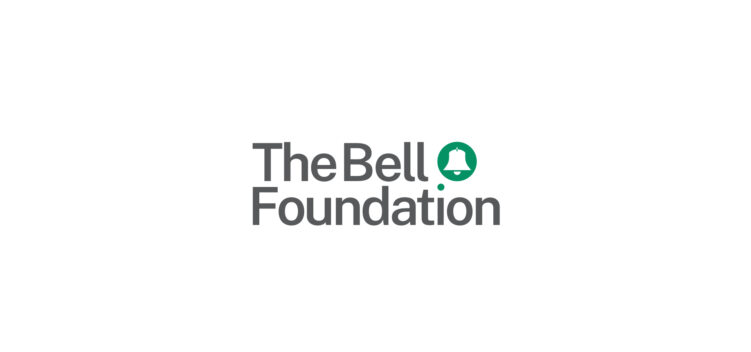Using Comprehensible English – for Secondary School (Online Regional Training)
- Date
- TBC
- Price
- £45
- Type
- Online course, Regional training
- Location
- Online
Explore our seven calls to action for the new Government to integrate children who use EAL.

Speaking and writing frames provide models of sentence construction, language structures, and vocabulary for EAL learners to use orally within a curriculum context.
There are various different types:
Speaking and writing frames can be used in any curriculum area and with any learner who has basic literacy skills. They can be differentiated according to the English language proficiency of the learner.
1. To help learners to describe a practical activity:
EAL learners who are New to English can be supported to describe what they have done after taking part in a practical activity. For example in Electrical Circuits, a simple grid with pictures and names of components (wire, bulb etc.) is provided together with useful sequencing language (first, next etc.).
2. Modelling the use of a particular language function:
Modelling the use of a particular language function and helping learners to organise their thoughts in a particular way, for example comparing and contrasting: ‘One similarity between _____ and ____ is that…’, ‘A key distinction between ________ and _________ is that…’
3. Scaffolding writing in a particular genre:
For example, writing an evaluation of a practical task and describing what they have learned from taking part. They can be given prompts in the form of sentence starters like: ‘I learnt that…’ ‘One thing I discovered was…’, ‘I found out that…’.
Speaking and writing frames can be introduced in a range of contexts, for example:
Top tip: To create a speaking or writing frame, think about how to give or write a model answer and decide which of the words and phrases would be most likely to be used to frame the response.
EAL learners need support to structure their speaking and writing, to use new language forms and functions appropriately and consistently, and eventually to speak and write independently using appropriate genres, as emphasised by NALDIC (1999).
Speaking frames offer the opportunity for EAL learners to hear, repeat and explore new language through talk and listening. This both reinforces their understanding, and encourages accurate, effective communication. EAL learners should always have the opportunity to rehearse language orally before writing.
Writing frames provide a scaffold for writing in different genres. They model how EAL learners should organise their work, the language structures they need to use for a specific genre, as well as ways to link sentences or paragraphs. Scaffolding is a key concept in Vygotsky’s work on the relationship between thought and language and Bruner’s research in the 1970s also looked at this and suggested that language learning is scaffolded by what he termed the learner’s Language Acquisition Support System (e.g. Vygotsky 1962, Bruner 1975). More recently, practitioners like Gibbons emphasised the importance of scaffolding language as well as learning when working with EAL learners (Gibbons 2015).
By using a writing frame EAL learners begin to gain familiarity with form and language relevant to a particular curriculum context, so that they can gradually use language appropriately to write independently. Practitioners like Gibbons emphasise the importance of scaffolding language when working with EAL learners (Gibbons 2015).
Bruner, J., 1975, Language as an instrument of thought, in A. Davies (Ed.), Problems of Language and Learning, London: Heinemann.
Gibbons, P., 2015, Scaffolding language scaffolding learning (2nd edition), Portsmouth NH: Heinemann.
NALDIC, 1999, The distinctiveness of English as an Additional Language: a cross-curricular discipline, National Association of Language Development in the Curriculum, Working Paper 5.
Vygotsky L. S., 1962, Thought and language. Cambridge, Mass.: MIT Press.